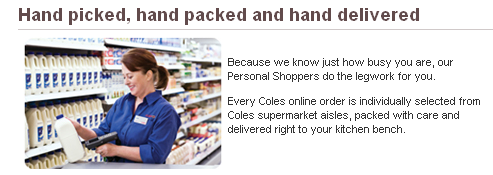I’ve updated my Australian Food Blog list: it will forever be incomplete but the best that I can do. I’ve decided to stop tracking bloggers who receive free meals, cash or other incentives in exchange for writing posts because I can’t keep up with them and for the most part don’t ever read them.
It’s safer to assume that all do or will unless they categorically state otherwise.
Bloggers that aren’t open to free things are incredibly rare; probably numbering less than a dozen amongst the entirety of Australia’s hundreds of food blogs. Australia doesn’t have an independent food writing community, we have one that is increasingly bonded to the restaurant industry, corporate PR and advertisers. Some of this is positive: more insider views from the food industry; fascinating feedback loops between diners and chefs; blogger-led events; deeper criticism of marketing tactics.
[pullquote position=”right”]Just as an aside on the probiotic juice: I can’t imagine the scale of the legal risk when a company is not correcting false health claims made by bloggers that it has sponsored to post about it. Probiotics probably don’t do anything. [/pullquote]
Most just adds to the Internet’s neverending pile of detritus like another few hundred gushing reviews of probiotic juice and dim paragraphs for Urbanspoon.
Recompiling the list made me realise is that how little diversity there is amongst the Australian food blogs. Almost all either contain unfocused restaurant reviews or random recipes but it makes the ones that don’t stand out gloriously: local blogs like Fitzroyalty or Footscray Food Blog, the callous wit of cooksuck, or the short-lived noodle illustration blog.
When most people are inspired to write a food blog, they’re more inspired to clone a food blog that already exists. Part of this is natural. It is much easier to sate the urge to start a personal online food diary rather than it is to plan for the future of a blog or pick a particular, sustainable niche that won’t bore you to death. Part of it is slavishly following convention. I own the same f1.4 lens that everyone else does and that influences the terrible short depth of field cliché shots that I take.
A good deal of the blogs on the list are no longer updated, but I don’t want to remove them. I’m trying to work on a solution to auto-update the list by frequency of posts.

